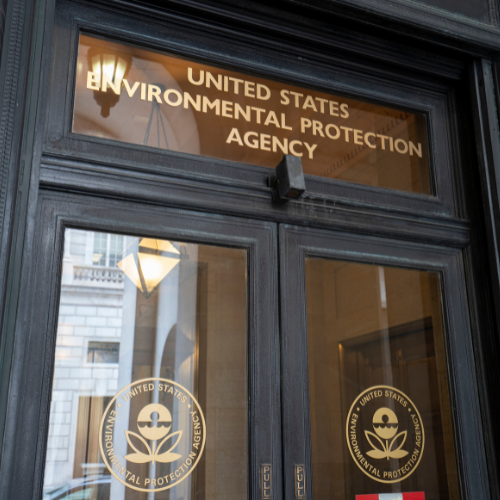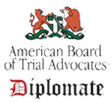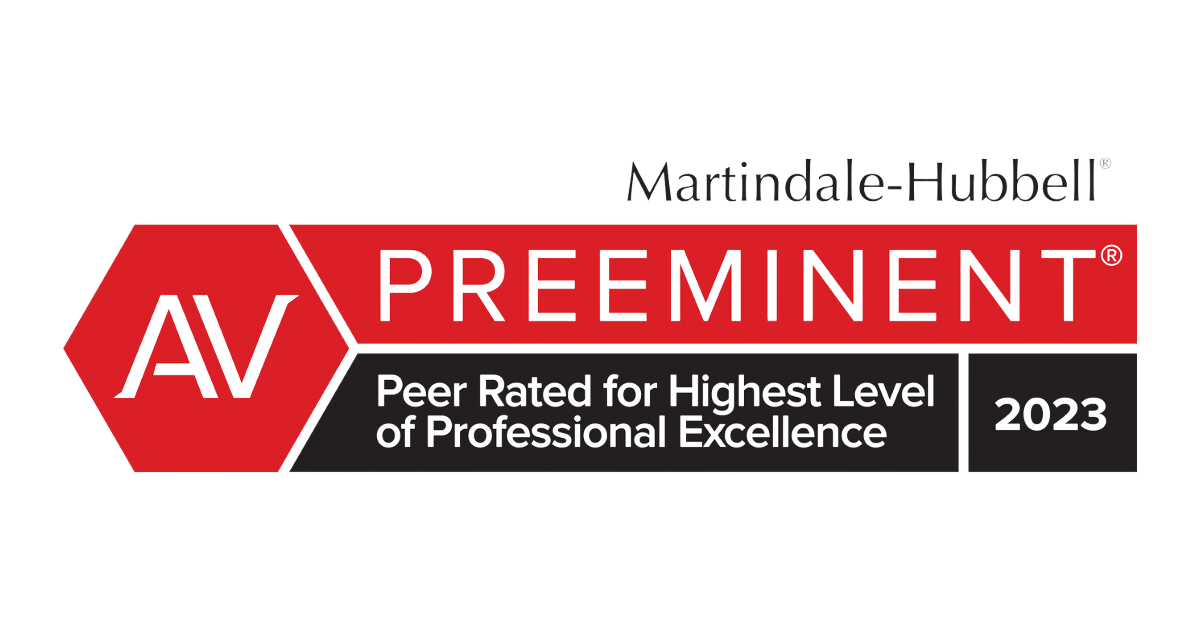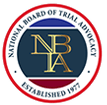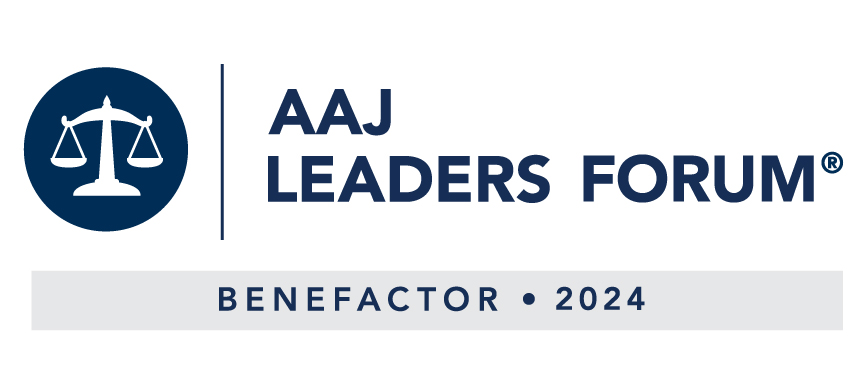Baby powder is often criticized for the talc powder it contains. Researchers have connected talc in baby powder and other products to ovarian cancer and inhalation infections. But internal company documents and testing have shown that for decades, if the correct testing method and sensitive microscope are used, a majority of talc products also contain asbestos.
Johnson & Johnson recently recalled 33,000 bottles of its talc-based baby powder after the Food and Drug Administration (FDA), contrary to their usual method, used a proper testing method and microscope, and found asbestos in a sample test.
Bottle tested positive for asbestos
In response, Johnson & Johnson recalled all the powder bottled in the same lot, tested it themselves using their usual incorrect testing method, and declared it to be asbestos-free.
Lawsuits already exist for talc powder
Johnson & Johnson have already received thousands of lawsuits from women using products containing talc. Even when free of asbestos, talc can cause ovarian cancer to women. And babies can inhale talc in baby powder and get lung infections.
Talc mined next to asbestos
Talc veins usually have asbestos veins adjacent to them on the earth. Typically, the talc is mined using blasting, which blasts the asbestos right out along with the talc and hopelessly mixes the two minerals.
Asbestos is well known to cause cancer.
Dangerous substances may be in everyday products
When you use baby powder or any other talc product on your infant child, you want to make sure it is safe. Many incorrectly believe that the FDA holds the company that makes goods responsible for making them safe. They do not. For example, with talc, the companies for decades convinced the FDA to use testing methods that can’t find asbestos in talc. But as this recall shows, dangerous substances could be in a product you use every day.



